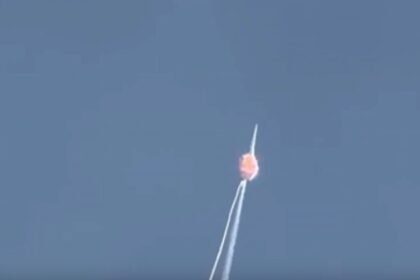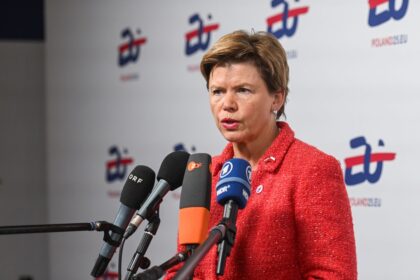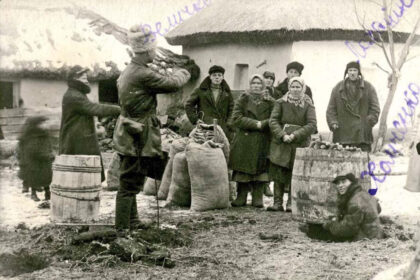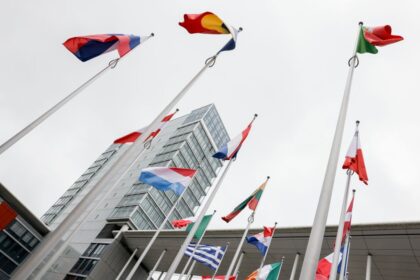The article highlights the West’s persistent misunderstanding of Ukraine, framing it only in relation to Russia and through a binary of resistance and aggression. This bias is rooted in Cold War-era thinking when the USSR was synonymous with Russia. As a result, policymakers often view Ukraine and Belarus as peripheral parts of imperial Russia.
This “sphere of influence” model shapes policy in concrete ways, making Ukraine’s agency and historical identity invisible. The article also mentions that Western media narratives have framed Ukraine’s struggle with Russian-backed separatists as a “civil war,” rather than a Russian invasion.
The Biden administration has leaned on Moscow-focused insiders for backchannel diplomacy, which further reinforces the Russia-first bias. This has led to a decade of policy-building on a false narrative, mistaking a foreign invasion for an ethnic dispute and a colonial war for a domestic “crisis.”
The article also highlights the human toll of these intellectual blind spots, citing everyday moments where outdated Soviet-era views creep into casual conversations. However, it notes that there has been a powerful shift in grassroots support since 2022, with ordinary people showing empathy and solidarity with Ukraine.
Ukraine’s effective public diplomacy and civil society efforts have helped to improve understanding, but the prevailing frame is still “Ukraine cannot win,” rather than “Russia cannot win.” The article concludes that Ukraine has already shattered assumptions and rewritten timelines, redefining what resistance looks like in the 21st century.












